Preparing for Easter with The Chronicles of Narnia: The Lion, the Witch, and the Wardrobe
We’ve been on a Narnia kick lately.
It all started on a Saturday afternoon last month when our plans changed. We were headed to Michigan one minute, and the next we were staying home with no plans for the weekend.
Browsing the TV Guide, I saw that ABC Family was showing The Chronicles of Narnia: The Lion, the Witch, and the Wardrobe, and I decided it was time to introduce Jenny to Narnia.
She and I watched the movie {which we also own} that afternoon. She enjoyed it, and we had some interesting discussions about the allegories in the story.
Since watching the movie, we’ve been a bit obsessed with Narnia.
- We’ve started reading The Lion, the Witch, and the Wardrobe together.
- We’ve checked out other books about Narnia at the library.
- We’ve borrowed an audio CD version of The Lion, the Witch, and the Wardrobe to listen to while reading the book.
Since we’re on a Narnia kick and Easter is this week, I decided to use Narnia to help us prepare for Easter.
How Narnia Relates to Easter:
“Not everything in Narnia directly parallels the story of Jesus, but the similarities are too striking to ignore. Aslan sacrifices his life to save Edmund, just as Christ gave his life to save mankind. Through Aslan’s death, Edmund’s sin is expunged, and Edmund is permitted to live. Similarly, mankind is permitted to live in heaven now that Christ’s death has expunged Adam’s original sin when he disobeyed God in the Garden of Eden. Lewis’s goal is to present us with a variation on the Christian legend. Narnia presents us with a different perspective on faith, and helps the story of Jesus come to life.” {via SparkNotes}
“The Stone Table refers to the stone tablets that Moses brought down from Mt. Sinai, according to the Bible. These tablets contain the Ten Commandments and they represent an older, stricter form of religion. In the days when the Ten Commandments were brought down from the mountain, infractions against God would be punishable by death—retribution was swift, harsh, and irrevocable. When Aslan rises from the dead, the Stone Table is shattered, signifying the end of an older, crueler time and the advent of a newer, kinder era. Aslan has defeated death by rising from the dead, signaling the end of harsh customs and death as an acceptable punishment. Instead, human beings enforce justice and mete out punishments.” {via SparkNotes}
For more allegorical analysis of The Lion, the Witch, and the Wardrobe, check out Aslan’s Sacrifice and Christ’s Crucifixion.
How have you been preparing for Easter this year? Any “unexpected” resources?
—
See where I’m linked up…
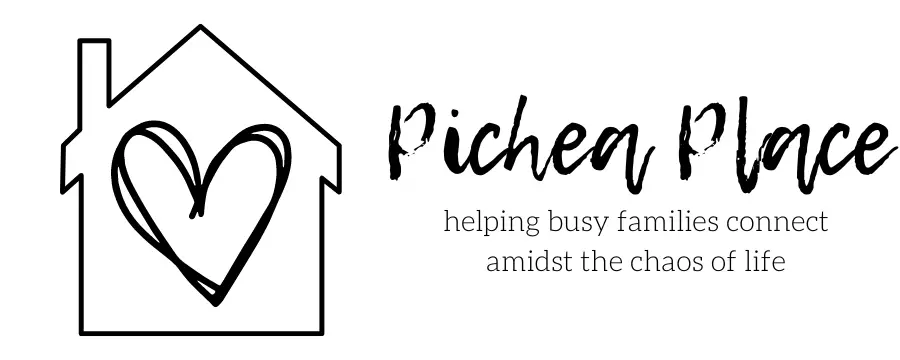
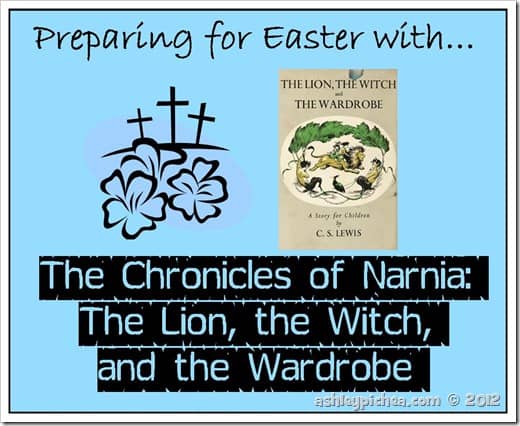




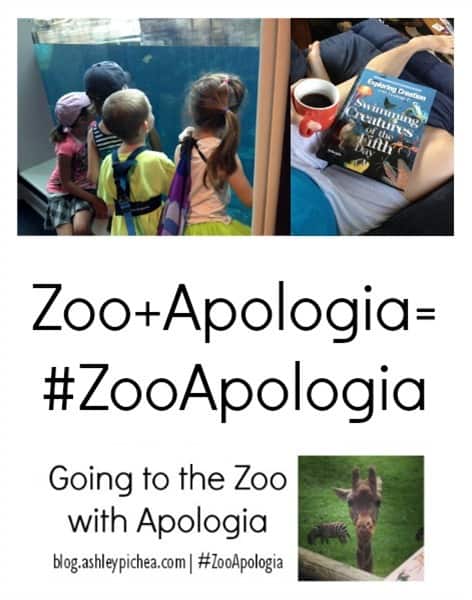
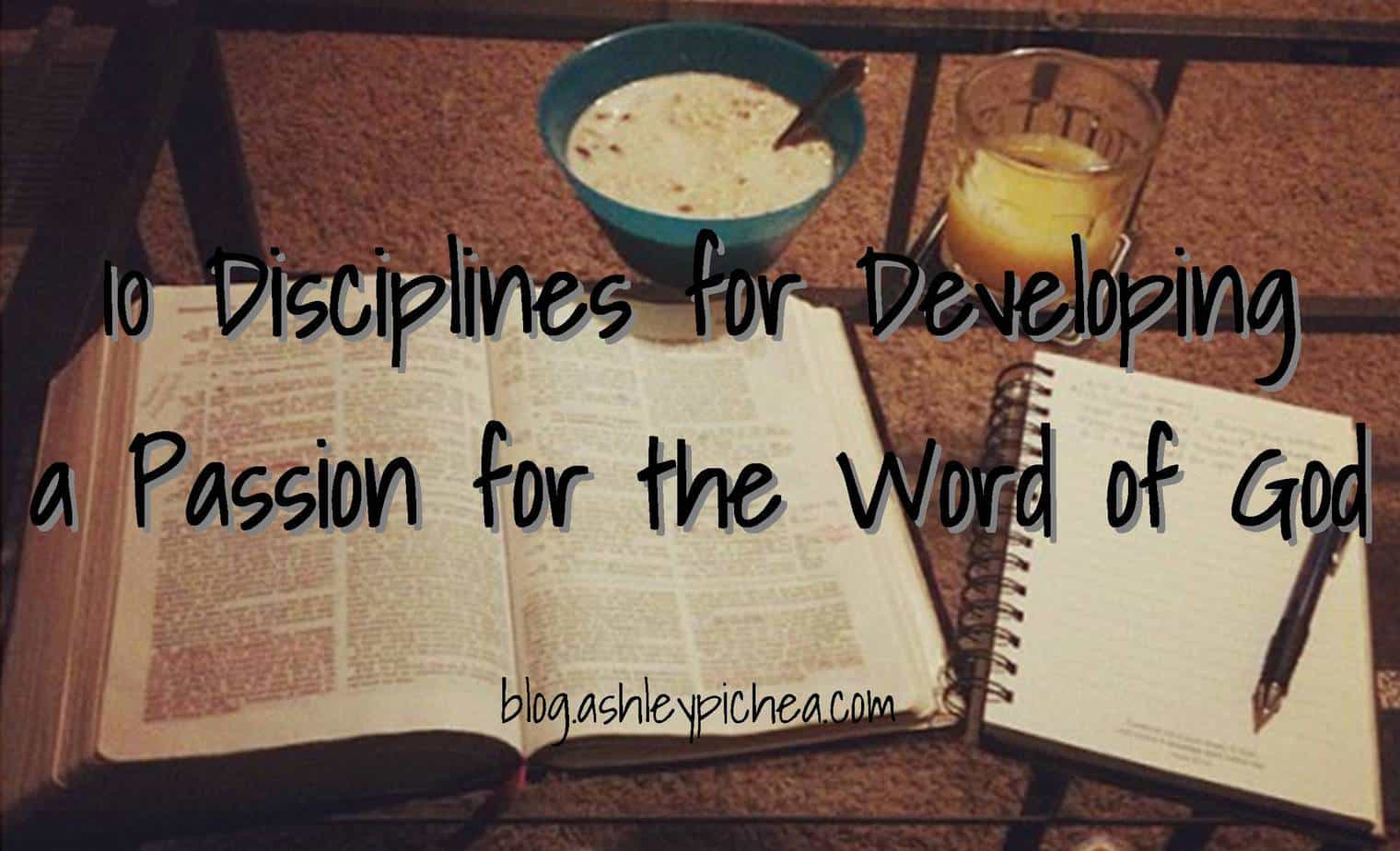
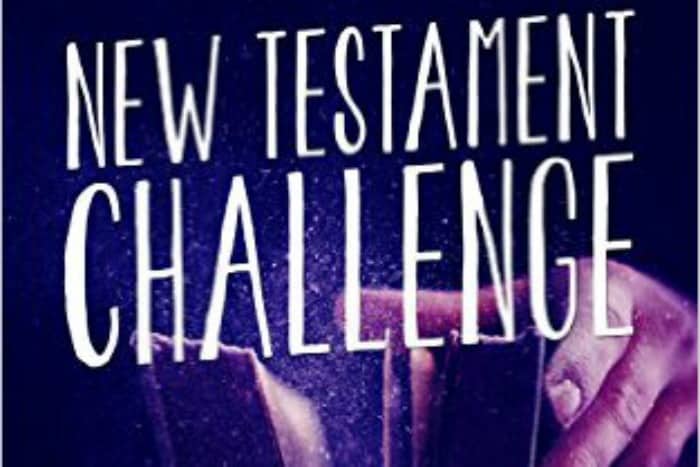
We recently downloaded The Lion, The Witch and the Wardrobe to our Audible account, and my daughter loved it! Looking through your site, I just realized that our children are close in age – my youngest daughter is 6, and my twin boys will be 4 in a few weeks.
Looking forward to meeting you at the 2:1 Conference soon!
How fun! Can’t wait to see you soon!!